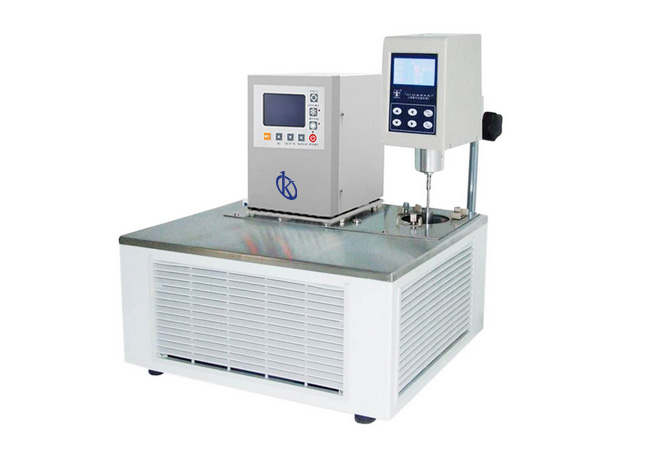The fluidity of motor lubricants at different thermal conditions is a key aspect that affects the efficiency of the engine performance. This characteristic property of these substances makes the moving parts of the engine receive enough oil at all times. Originally, this oil was changed in summer and winter.
When SAE was formed, there were no oils that could cover various kinds of fluidity. Today, almost exclusively multigrade oils are used that combine summer and winter properties. In addition to the good lubricating effect of this oleic substance for gears, pistons and other moving parts of the engine, it must meet many other requirements, such as:
- Helps reduce friction.
- It has an important cleaning function.
- Prevents oil sludge from forming on the crankcase.
- It serves to neutralize the acids.
- Highly compatible with used sealing materials.
In order to sufficiently lubricate all areas of an engine, engine oil must be able to reach the affected engine components at all times. Depending on the viscosity (fluidity), an engine oil pump can pump oil faster or slower through oil passages to affected areas.
What is the viscosity of an engine oil?
The viscosity is an indicator of the fluidity of the engine oil in relation to a certain temperature. It is also a fundamental property of any lubricant and characterizes the mutual internal slip of its molecules; it determines the friction resistance of two surfaces separated by the lubricant. However, it does not immediately describe the quality of the engine oil.
Low-viscosity engine oil flows more easily, making it easier to carry around the engine. In contrast, high-viscosity engine oil can better withstand higher mechanical loads. Engine oil viscosity may fluctuate while the engine is in operation, and this variation depends on temperature, pressure, and load. In this sense, it is possible to distinguish two types of viscosity: dynamic and kinematics:
- The dynamic viscosity is expressed in centipoise and represents an opposition to the friction of the oleic substance.
- Kinematic viscosity is expressed in centistokes. It is defined as the relationship between the dynamic viscosity and the specific weight of the oil. It’s related to the flow time of an oil.
Viscosity can decrease as temperature increases, with a degree of variability depending on the lubricant itself. This variability is expressed by the viscosity index and brings with it an additional complication when trying to classify an oil.
How is the viscosity of a motor oil measured?
The viscosity of motor oils is measured using instruments called viscometers, which work by measuring the force and displacement of a device within the instrument at a given temperature. They are placed in a liquid or injected with fluids for measurement. When a fluid charges the displacement of the instrument, the viscosity of the fluid can be determined.
Viscosity is a property that is inversely related to force and displacement. A high force with a low displacement result in a high viscosity measurement and vice versa. To obtain a suitable reference point, scientists usually calibrate viscometers with the viscosity of water. However, calibrations may vary depending on the objective of the experiment, with other viscometers being developed to measure the viscosity of other liquids, such as semisolids and gases.
Why buy a circulation bath for Kalstein viscometers?
As detailed in this article, the viscosity of an oil depends critically on temperature, therefore, with a circulation bath for viscometers from the manufacturer Kalstein. The main features of this equipment are:
- You have precise temperature control.
- Low noise level.
- An LCD display showing all parameters.
Having this system allows the viscosity measurements to be made under conditions that guarantee the temperature. This equipment can be reviewed by clicking on the following link HERE, or on the link of the main page HERE, to quote, buy or consult the price.

